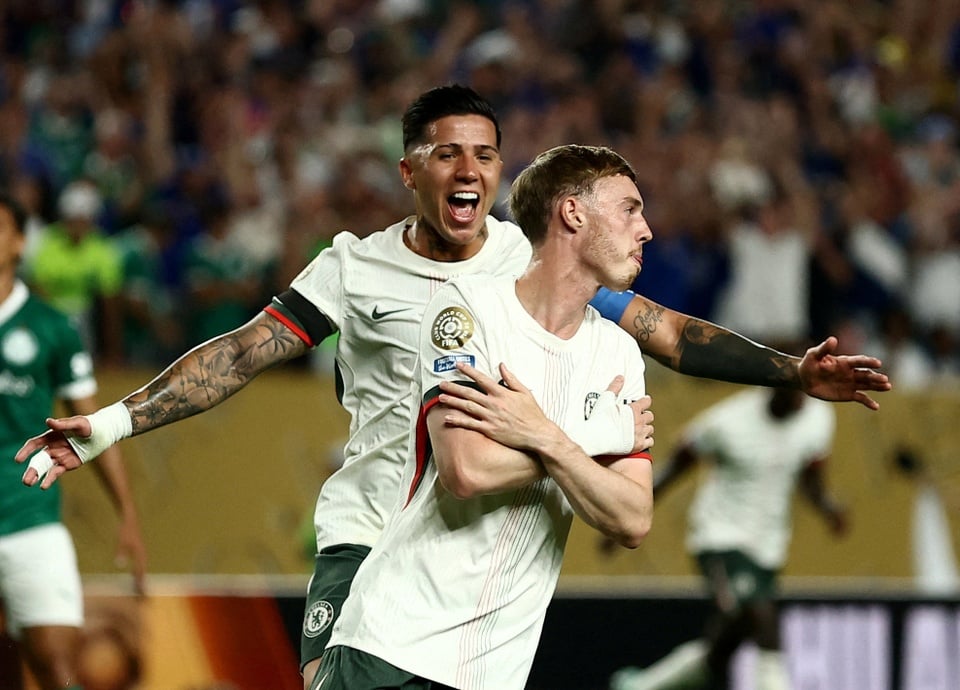 |
Chelsea under Todd Boehly have spent nearly €2 billion on transfers, building a squad so large it's redundant. |
It’s been three years since Todd Boehly and his Clearlake Capital investment firm took over Chelsea. Almost €2bn spent on transfers. A squad so big it could be split into two clubs. An “innovative” financial model that has given UEFA a headache.
And then, after all, one must still ask an old but never more necessary question: What, after all, is Chelsea doing?
Three phases of a test
Overall, the Boehly-Clearlake era can be divided into three distinct phases.
The first phase was “Todd’s summer and winter” – when the American owner also took on the role of sporting director. At that time, Chelsea went after any name that had appeared in the newspapers, as long as it had a reputation. Raheem Sterling, Kalidou Koulibaly, Mykhailo Mudryk, Pierre-Emerick Aubameyang… even almost signed Cristiano Ronaldo, who was 37 years old. The result: nearly 630 million euros were spent, and Chelsea… finished in the bottom half of the rankings.
In the next phase, Chelsea shifted to the “global youth” model. More than 400 million euros were poured into the market for players in their twenties. Despite many failures, the team also found two gems: Cole Palmer and Moises Caicedo - true pillars in the journey to finish the 2023/24 season in sixth place.
And last summer, Chelsea started buying “young but experienced” players, like Joao Felix and Kiernan Dewsbury-Hall. None were bargains, but the squad began to gain depth. The result? Chelsea won the UEFA Conference League and finished fourth in the Premier League, just four points behind Arsenal – so they were really on the right track.
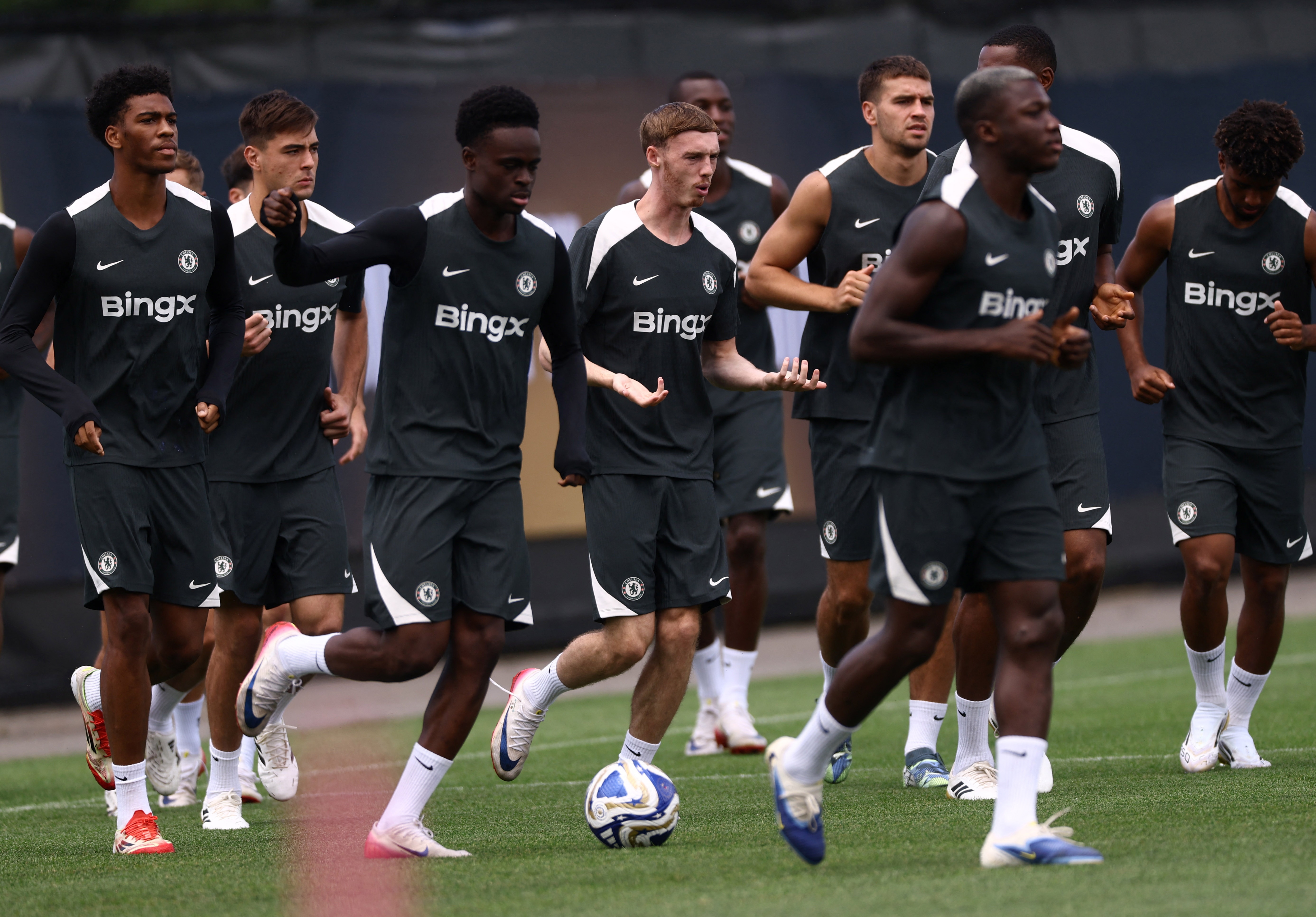 |
Entering the summer of 2025, Chelsea has a young, deep, potential squad and returns to the Champions League. |
Entering the summer of 2025, Chelsea has a young, deep, potential squad and is back in the Champions League. This is the golden time to shop smart, bring in truly classy names to raise the team's ceiling. But Chelsea behaves as if... there is no strategy at all.
The three big signings they have made so far have been more of a “risky investment” than a squad-building exercise. Liam Delap, 22, scored 10 goals (excluding penalties) for relegated Ipswich. Chelsea paid €35.5m for him. He is fast and strong, but has yet to prove anything beyond his potential.
João Pedro, 23, played well for Brighton but is not Champions League level. He presses well and is intelligent, but his goals and assists are limited. Price? €63.7m.
Jamie Bynoe-Gittens, 20, has averaged just 0.38 xG and xAss per 90 minutes in his two seasons at Dortmund, but Chelsea paid €64.3m for him as if he were an established star.
In total, over €160m spent on three players... doesn't make the team any stronger. While they already have depth, what Chelsea need is class - not numbers.
Not stopping there, Chelsea is also ready to let Noni Madueke - one of the few successful deals under Boehly - leave. Madueke is only 23 years old, has a very good expected score (0.61 xG+xA), is the type of player who can explode strongly if the actual score catches up with the potential.
And the potential destination? Arsenal - a direct rival in the race for the Top 4. Does Chelsea want to puncture themselves?
What is the real strategy?
Under Boehly-Clearlake, Chelsea had two major innovations. They extended player contracts to amortise transfer fees - helping to avoid trouble with UEFA. But this advantage was quickly erased if they had to renew early, as with Palmer.
The London club turned Strasbourg into a “B team” - a place where young players are developed according to Chelsea's own ideas, but playing in a real professional league (Ligue 1). Systemically, this is a wise move.
But after all, the question remains, what is the overall strategy? What is the ultimate goal?
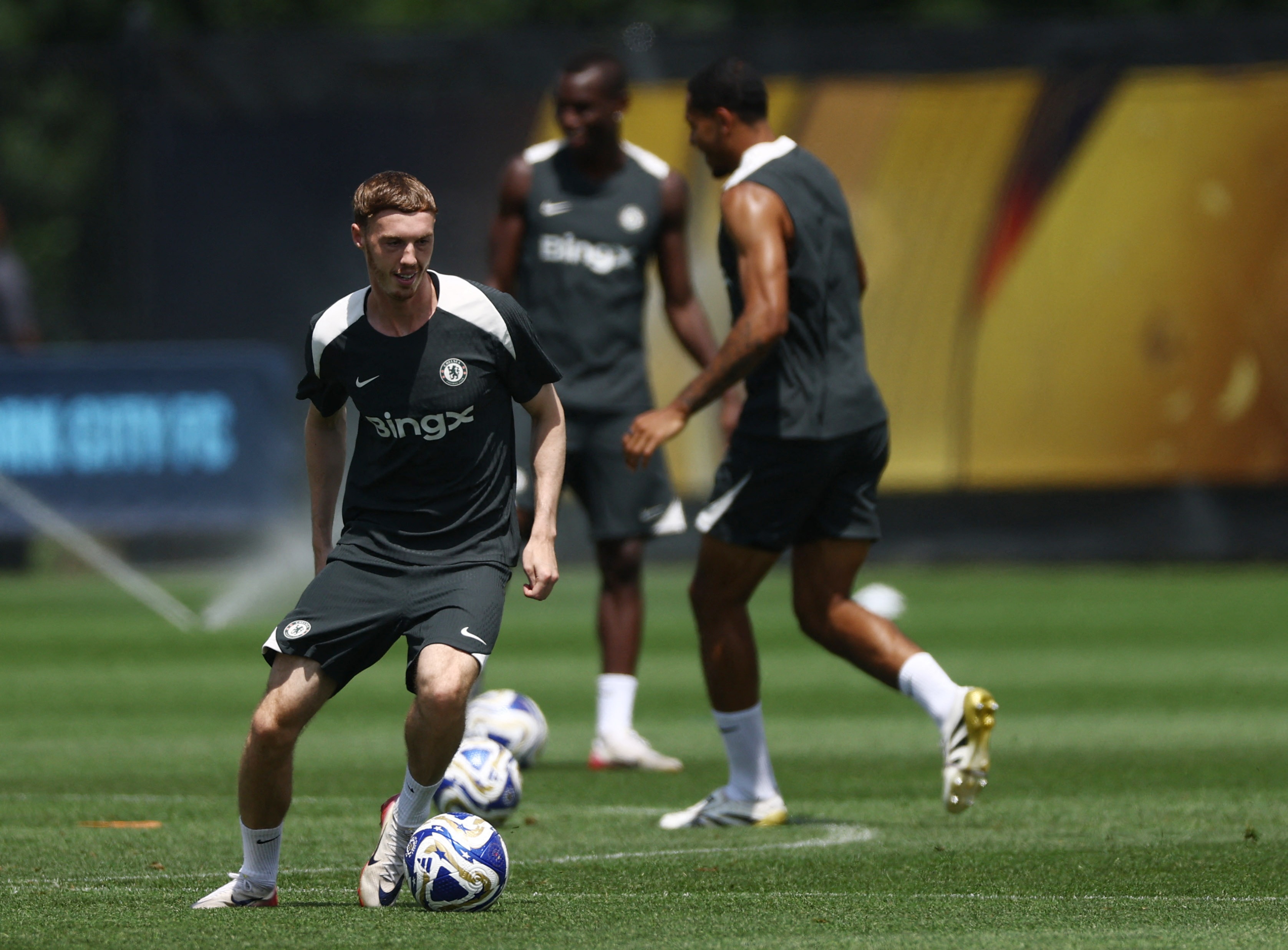 |
Chelsea are still losing more than 1 billion euros despite selling many players. |
Unlike Roman Abramovich, who spends money to win, Boehly and Clearlake are financial investors. They are not in it for the fun, nor to build a football legacy. They are in it to make a profit.
But the problem is that soccer is not like American sports – where there are salary caps, franchises, no relegation, and club values that rise steadily. In European soccer, team value is tied to performance on the pitch. You have to win, you have to get into the Champions League, you have to win trophies, to increase your value.
Chelsea are still losing more than €1 billion despite selling a lot of players. They cannot increase their value without winning. And to win, you need a football strategy - not a financial strategy.
Chelsea now looks more like a giant Excel spreadsheet than a team. Every player is a number. Every transfer is a deal. They don’t see players as cogs in a tactical system, they see them as assets in an investment portfolio.
The Blues seem to be avoiding the most important thing - how to win games. And that's why, despite spending more than anyone else, Chelsea still can't convince fans that they really know what they're doing.
Source: https://znews.vn/chelsea-chi-2-ty-euro-de-hoang-mang-post1567130.html


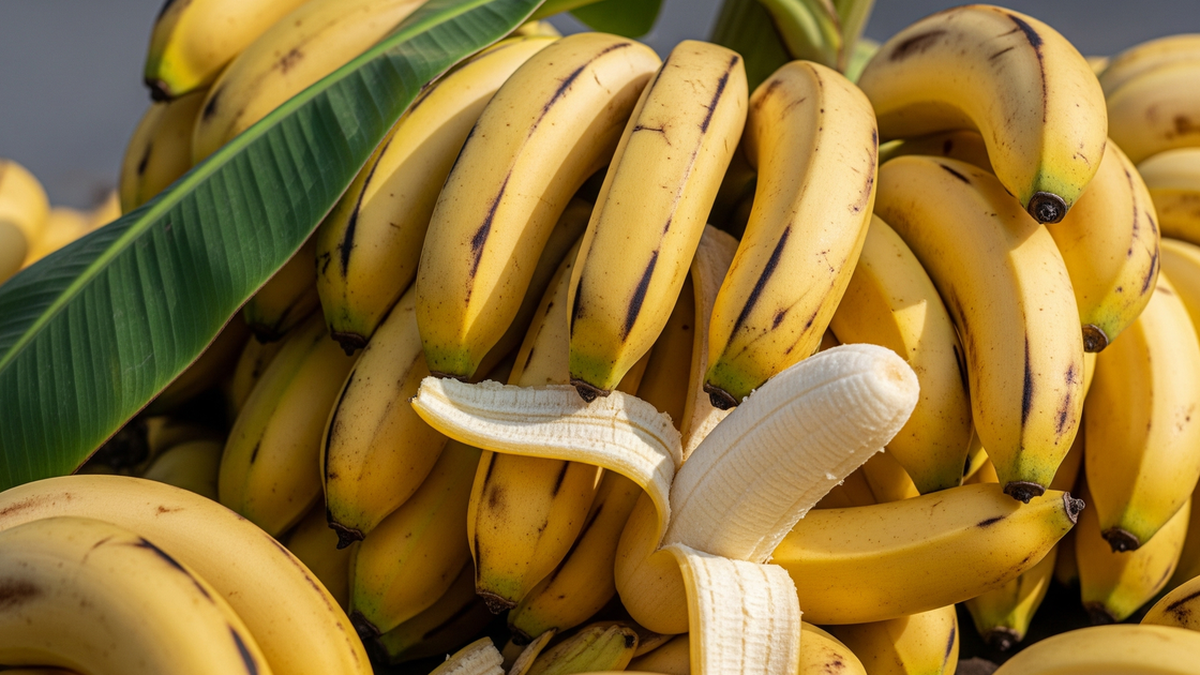
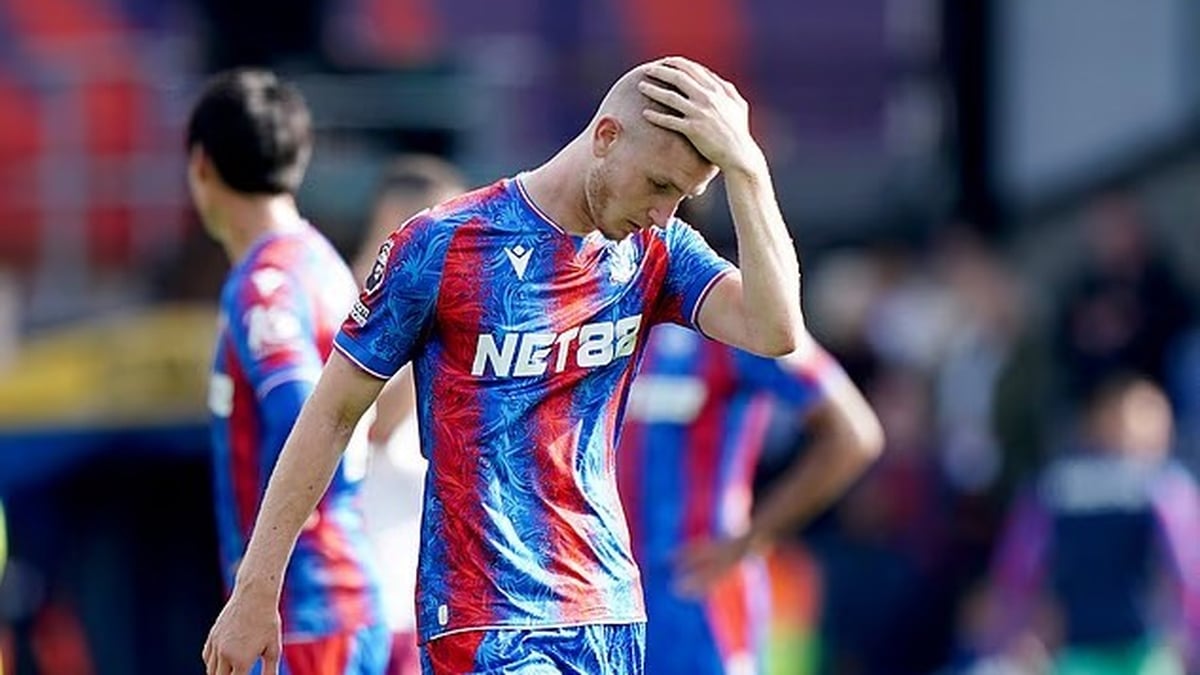


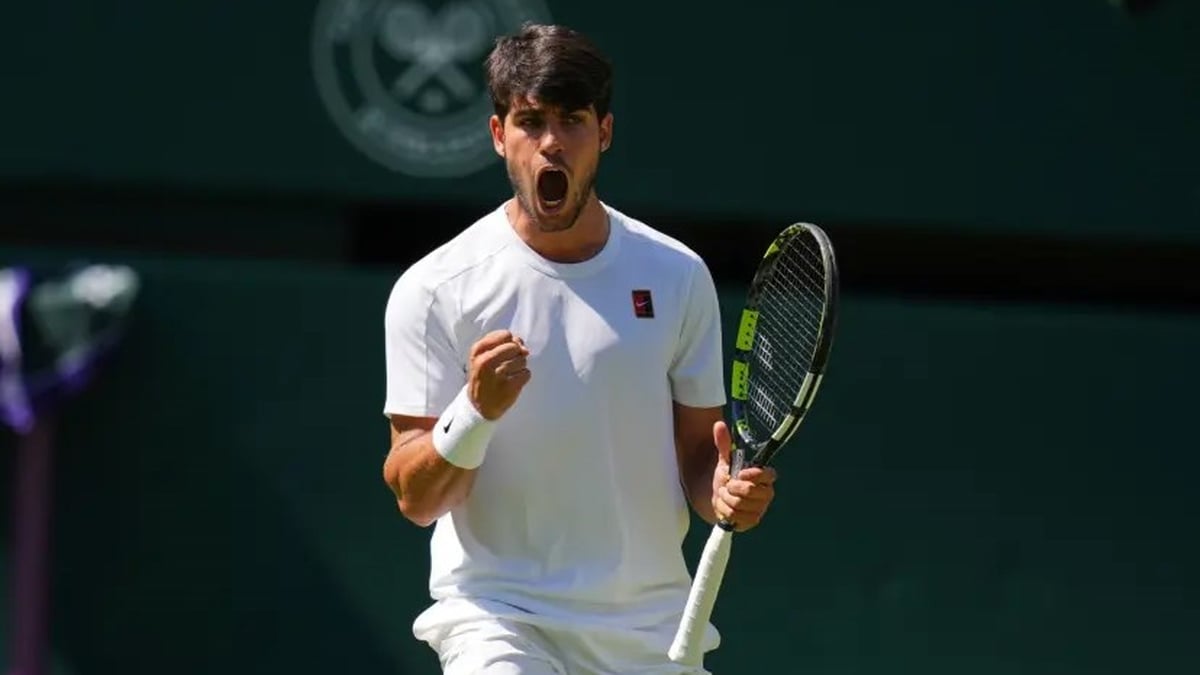
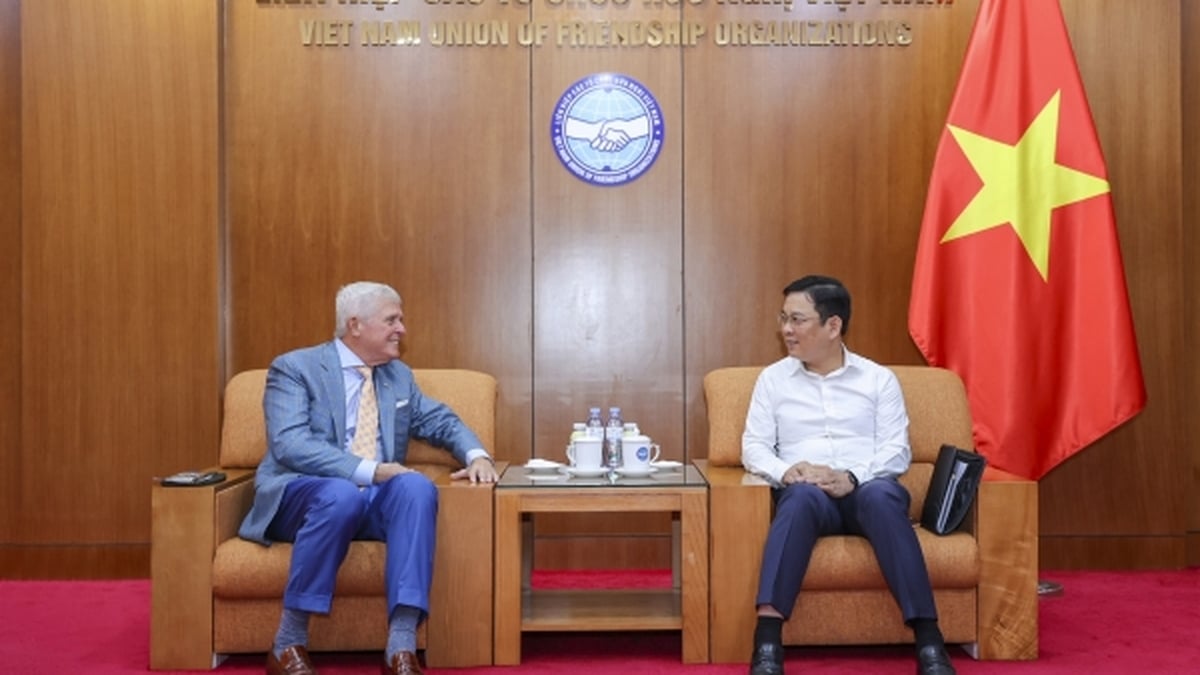

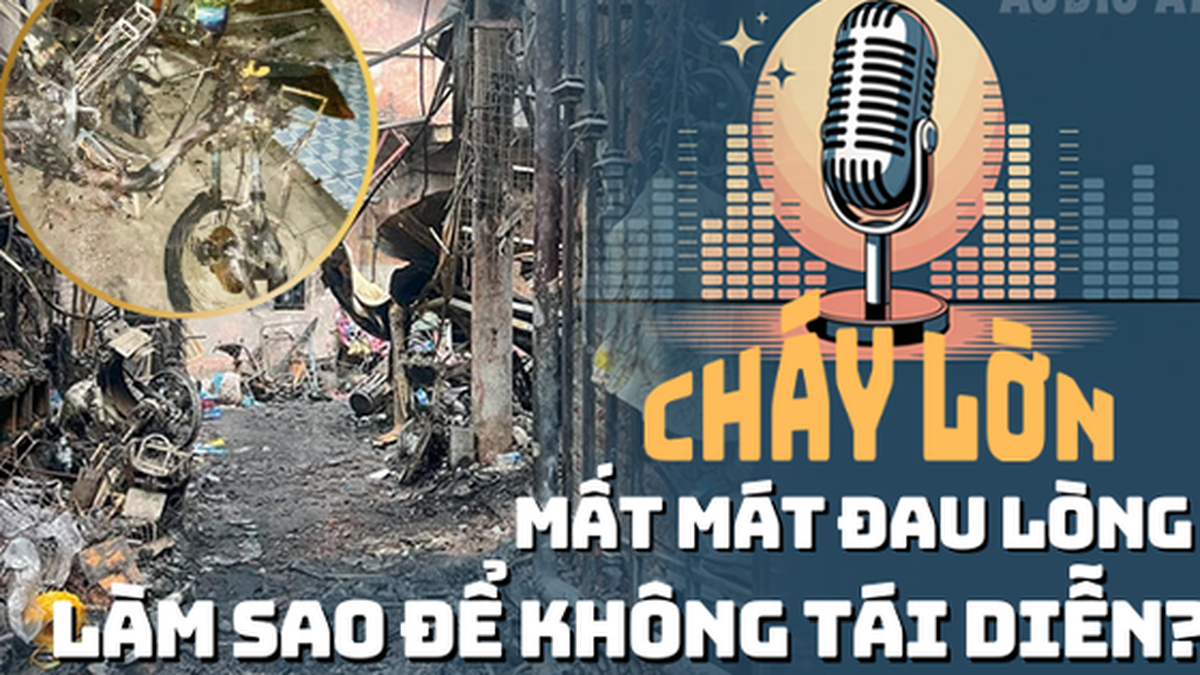
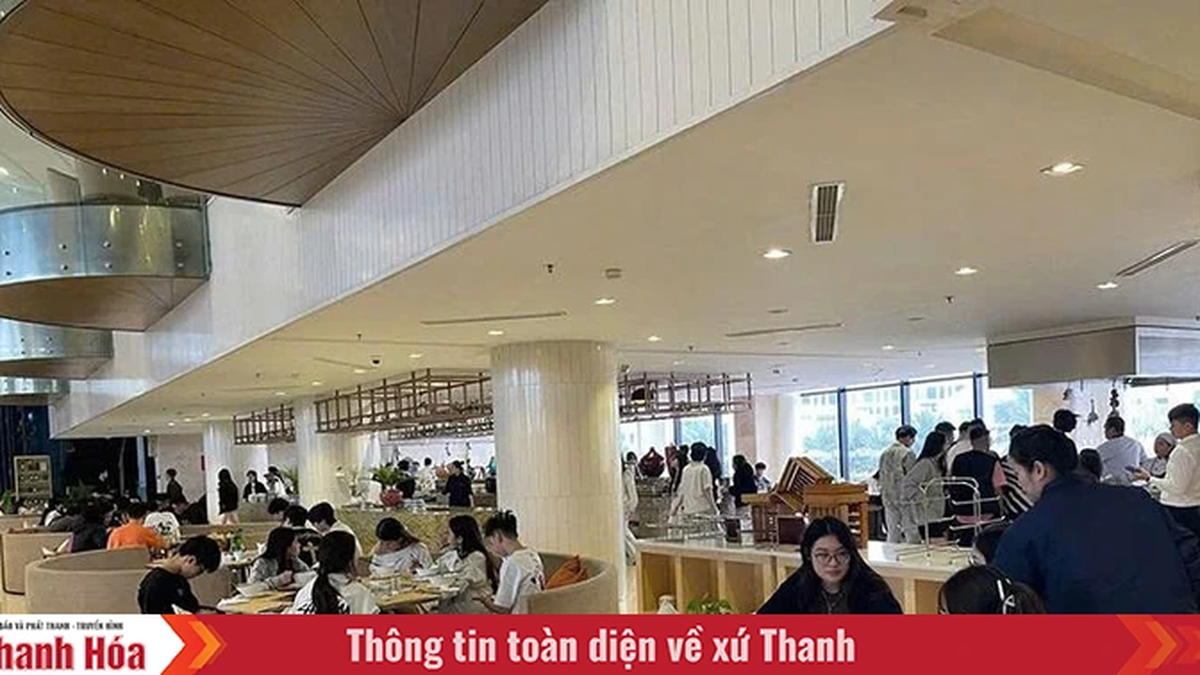













![[Photo] Gia Lai provincial leaders offer flowers at Uncle Ho's Monument with the ethnic groups of the Central Highlands](https://vphoto.vietnam.vn/thumb/1200x675/vietnam/resource/IMAGE/2025/7/9/196438801da24b3cb6158d0501984818)















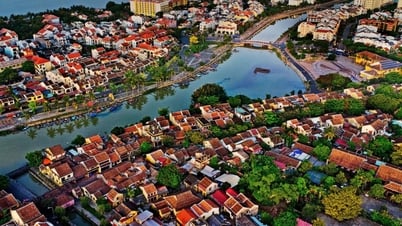









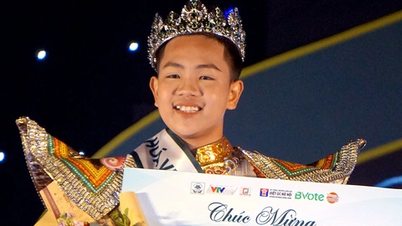














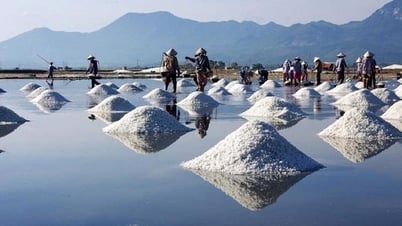
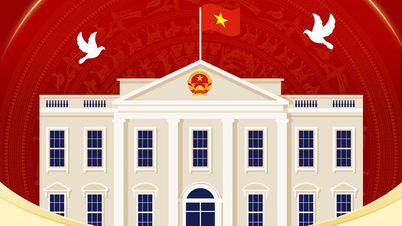
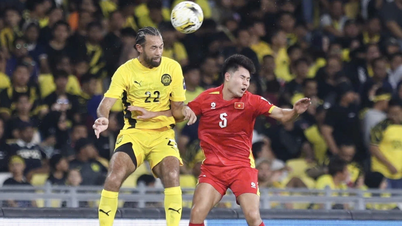
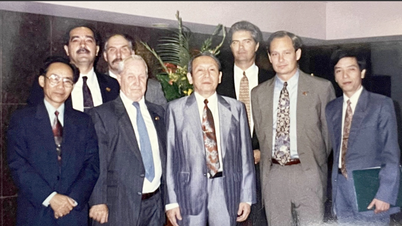


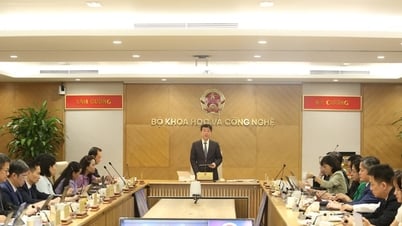


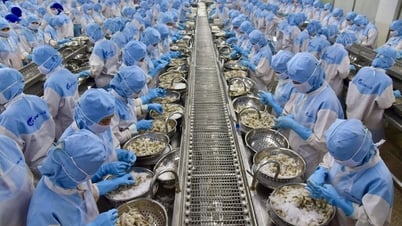




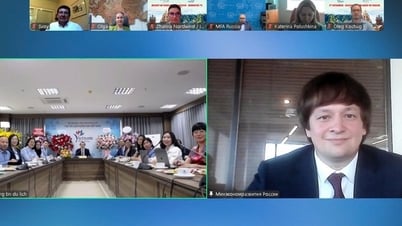





















Comment (0)